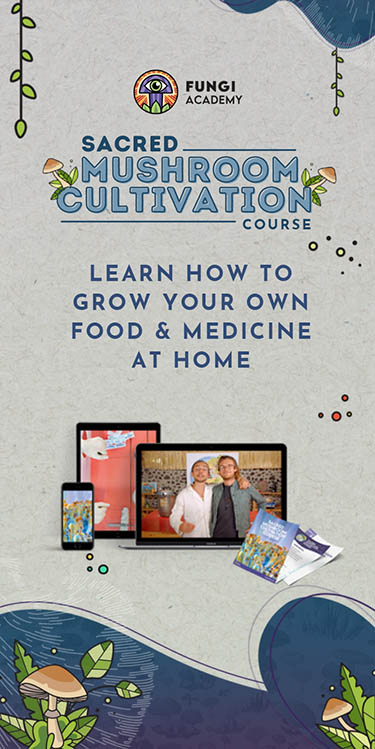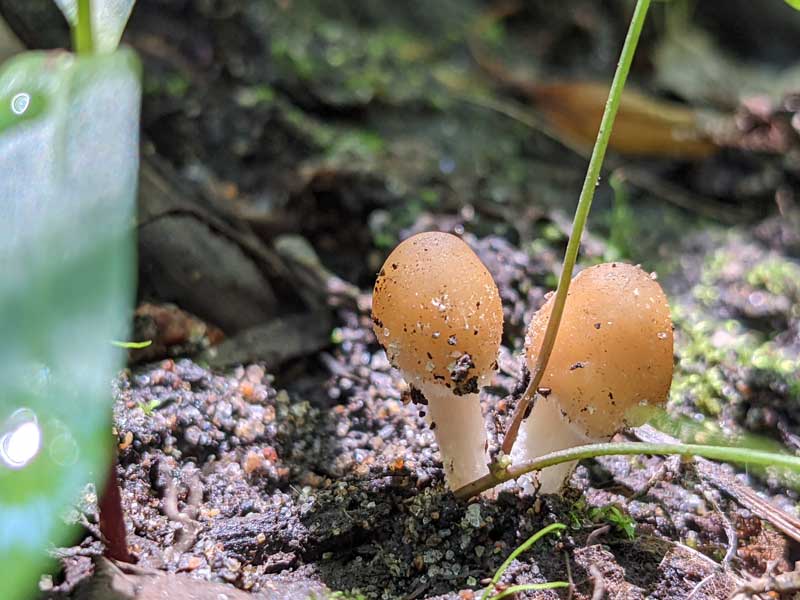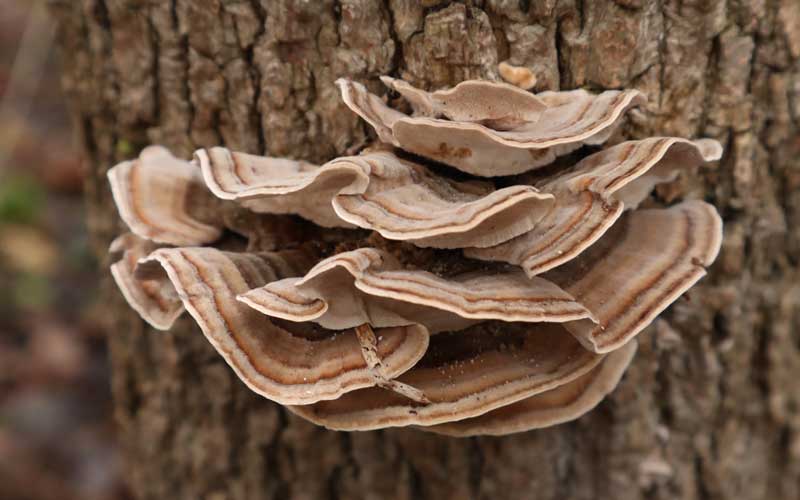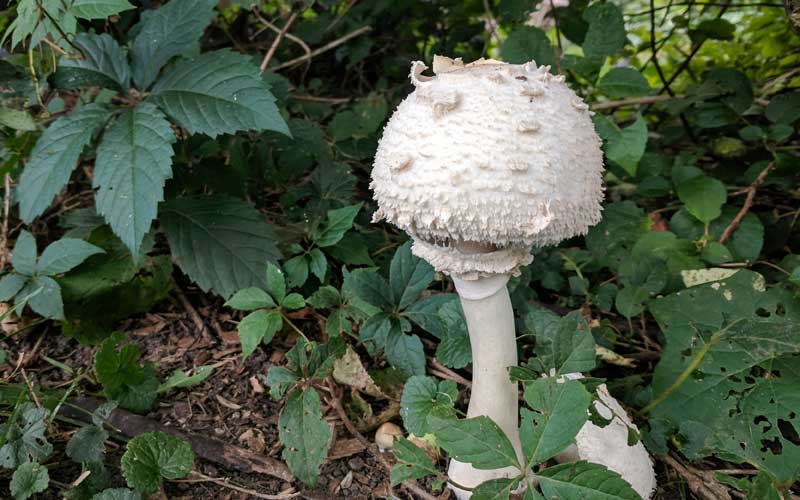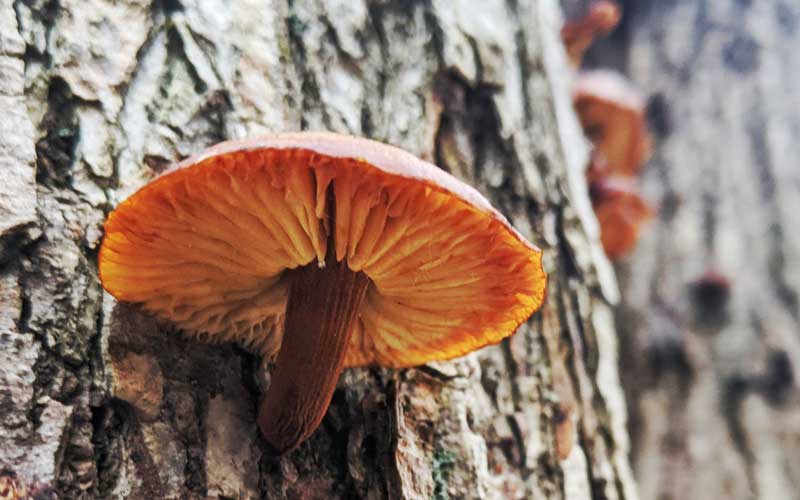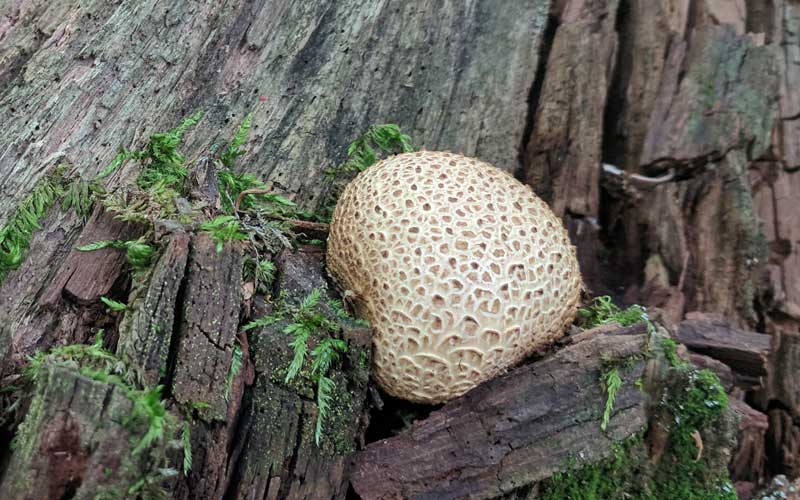- Home
- Mushroom Resources
- Got Questions?
- How do mushrooms reproduce?
How do mushrooms reproduce?
by Ben
(Newcastle, UK)

QUESTION:
I’m falling down the mushroom and fungi rabbit hole and loving it! I’m trying to learn more about how mushrooms reproduce. I imagine it’s about the spores… that they fulfill the same role as seeds in plants.
Am I right?
Thanks.
Ben
ANSWER:
Great question, as mushrooms actually have more than one way to reproduce. Yes to the spores… but there’s more!
I’m not sure how deep you want to go… but here is a pretty detailed breakdown for you.
Fungi reproduce through several mechanisms, including both sexual and asexual processes. One of the most common modes of reproduction in fungi is through the production of spores. Spores are tiny, lightweight reproductive cells that can be dispersed by air, water, or other organisms, allowing fungi to colonize new areas.
Asexual reproduction in fungi occurs through the production of spores without the need for fertilization. This process involves the development of specialized structures called sporangia or conidiophores, which produce and release spores. Asexual spores, known as conidia, are genetically identical to the parent fungus and can germinate to form new fungal individuals under favorable conditions.
Sexual reproduction in fungi involves the fusion of haploid cells from different mating types. Fungi can have various mating systems, including those involving two distinct mating types or multiple mating types. Sexual reproduction typically occurs when environmental conditions are favorable, triggering the development of sexual structures such as fruiting bodies or mushrooms. These structures contain specialized cells, known as gametes, which fuse to form a diploid zygote. The zygote then undergoes meiosis, producing haploid spores that can disperse and give rise to new individuals.
The ability of fungi to reproduce both sexually and asexually contributes to their remarkable adaptability and evolutionary success. Asexual reproduction allows fungi to rapidly colonize new substrates and exploit available resources, while sexual reproduction promotes genetic diversity and adaptation to changing environments.
It's important to note that the specific reproductive strategies can vary among different fungal species, and some fungi can even exhibit complex life cycles involving both sexual and asexual stages.
The study of fungal reproduction continues to uncover intriguing details about the diverse and intricate ways in which fungi ensure their survival and propagation in the natural world.
I hope this answers your question!




